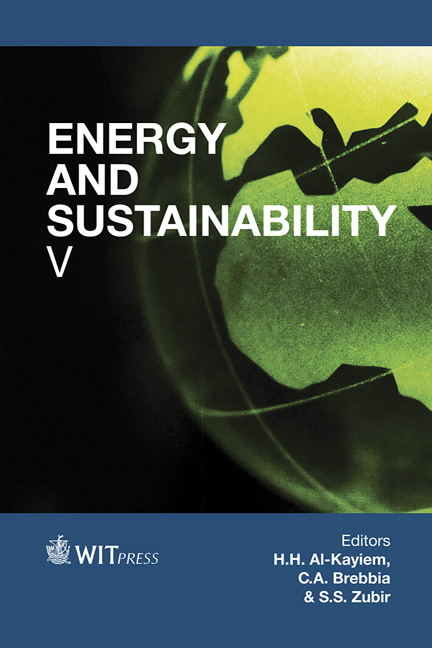Mathematical Analysis Of A Kinetic Model For Enzymatic Cellulose Hydrolysis
Price
Free (open access)
Transaction
Volume
186
Pages
12
Page Range
499 - 510
Published
2015
Size
382 kb
Paper DOI
10.2495/ESUS140431
Copyright
WIT Press
Author(s)
N. Mohd Jamil
Abstract
Biofuel production such as ethanol from lignocellulosic biomass consists of three fundamental processes: pretreatment, enzymatic hydrolysis, and fermentation. Enzymatic hydrolysis uses two types of enzymes simultaneously: endoglucanase I (EG1) and cellobiohydrolase I (CBH1), to break the cellulose chains into sugar in the form of cellobiose or glucose. We studied a currently proposed kinetic model for enzymatic hydrolysis of cellulose that uses the population balance equation. The model describes the changes in the cellulose chain length distribution. The complexity of the model makes finding the analytical solution difficult. Therefore, we split the full model into two cases of individual enzyme hydrolysis action and perform mathematical analysis of a single pure enzyme of both cases. The approximate solutions for both cases were derived by employing the asymptotic analysis method. The integrodifferential equation in the first case is solved using Laplace transform. Some significant characteristics are captured. The higher the rate of exposure of cellulose substrates to enzymes, the higher the number of cellulose chains generated from the breakage process. And also, the rate coefficient for CBH1 to locate and thread a reducing end of a cellulose chain is a key factor in bioconversion.
Keywords
cellulose, enzymatic hydrolysis, kinetics model, asymptotic analysis, population balance equations, Laplace transform





